Table of Contents
Peruvian gastronomy is rich and varied, presenting thousands of dishes in the different regions of the country, and although we know that we would not have time to talk about each dish, we present here a list of the most outstanding dishes of Peru,
Would you like to try them?
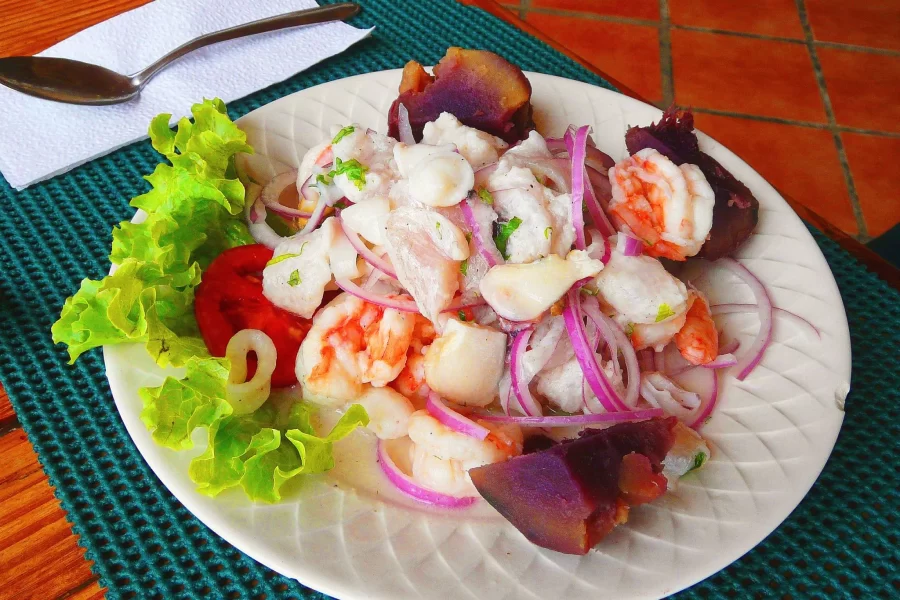
Ceviche is one of the oldest dishes, created by the ancient fishing peoples, who based their diet on marine resources.
The ceviche was prepared in ferment of chicha and tumbo, a fruit of the jungle, which reached the Peruvian coasts, for the commercial barter that they made.
The dish evolved and even more with the arrival of the colonizers, onions were added and the tumbo was substituted with lemon, giving it the characteristic flavor that we all enjoy today.
The ceviche is currently Peru's flagship dish, declared as national heritage, you can find this dish prepared with different varieties of fish, accompanied by slices of sweet potato, Andean corn canchita, and a glass of leche de tigre (tiger's milk).
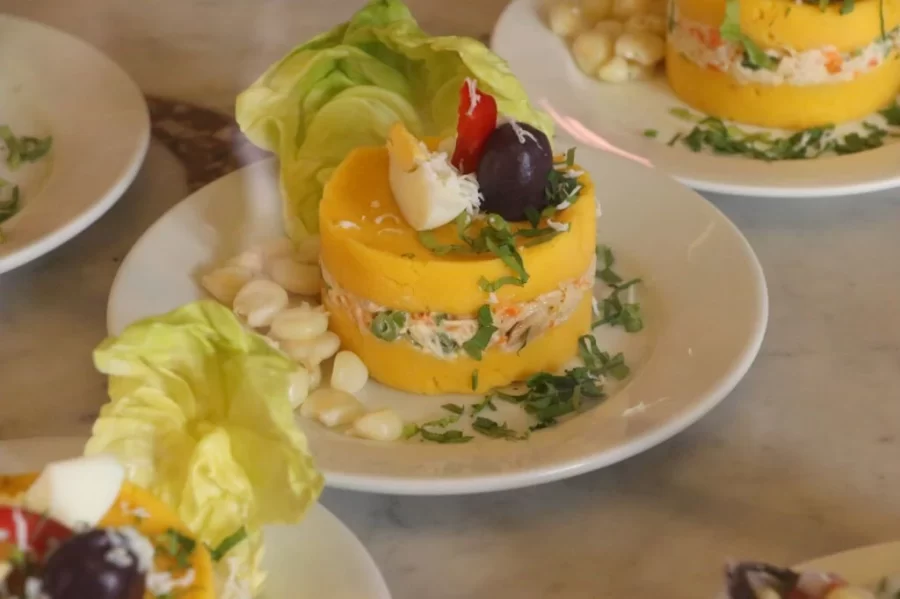
The Causa limeña, a patriotic dish that arose during the liberation campaigns of General Don José de San Martin, a time when the Peruvian armies required all the help they could get. This is how the women of Lima, many of them sisters, mothers and even wives of the soldiers themselves, prepared an improvised dish consisting of pressed potatoes with salt and chili stuffed with chicken, going out to the small squares, offering "buy for the Causa Limeña" raising funds for the soldiers, thus leaving the name of this improvised dish that today is a symbol of patriotism and love for Peru.
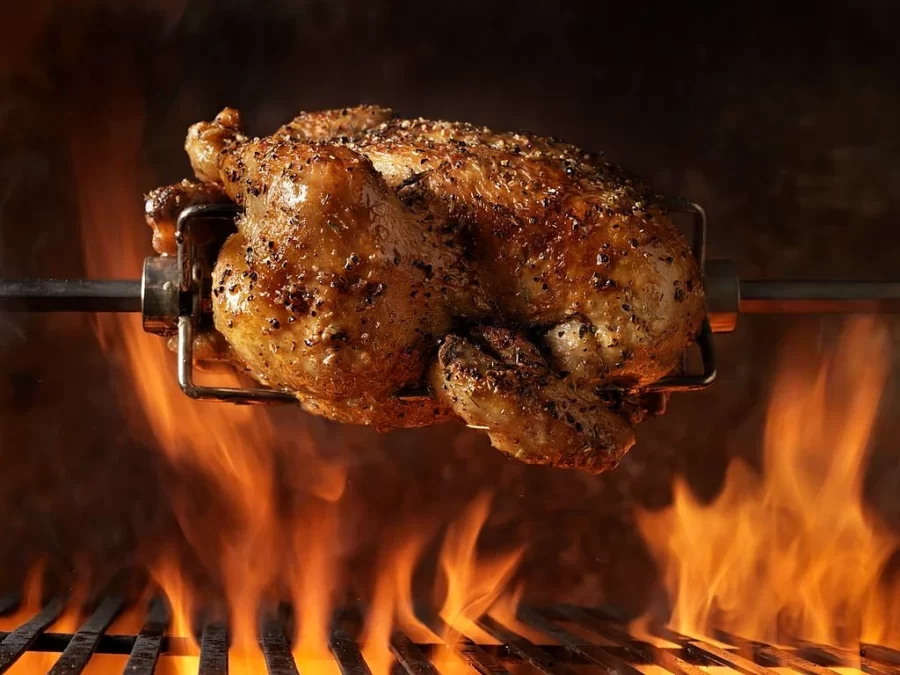
The pollo a la Brasa is probably the most consumed dish in Peru, even more than ceviche or chifas, and you will notice that in every neighborhood of every city in Peru you will find at least 2 pollerías.
The origin of this delicious delicacy dates back to 1950 when two Swiss immigrants experimented with new ways of cooking chicken, resulting in a small improvised oven that rotated the chicken in a circular shape over the coals, giving the meat an even cooking, while adding a smoky touch to its flavor.
La Granja Azul, the first poultry restaurant in Peru, was born. Since then, the Pollo a la Brasa has become the most demanded dish in the country, for its unmistakable flavor, soft meat but with a crunchy crust, now served with french fries and salads.
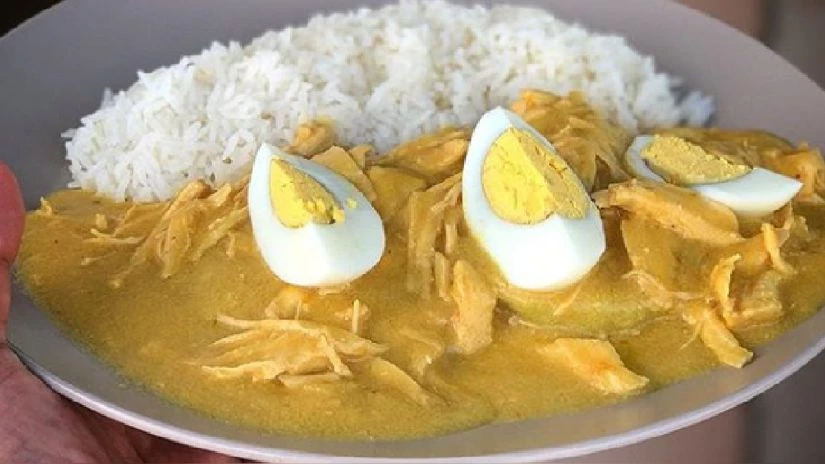
Peru has been widely influenced by external cultures since time immemorial.
This is how aji de gallina is the result of the influence and inspiration of foreign dishes. The probable origin is in the XVI century, when the Spanish colonizers brought their own European gastronomy, "El pollo a la Menjar Blanc" was a traditional Easter dish, it is a sweet dessert made with manjar, nuts, rice flour and chicken pieces sweetened with honey, sugar and cinnamon.
The Peruvian people themselves took the dish as inspiration, but changed the sweet components for salty ones, and added the much appreciated chili bell pepper, giving a spicy touch to the food, served with boiled Andean potatoes, onions and nowadays, if you wish, you can serve it with a portion of white rice.
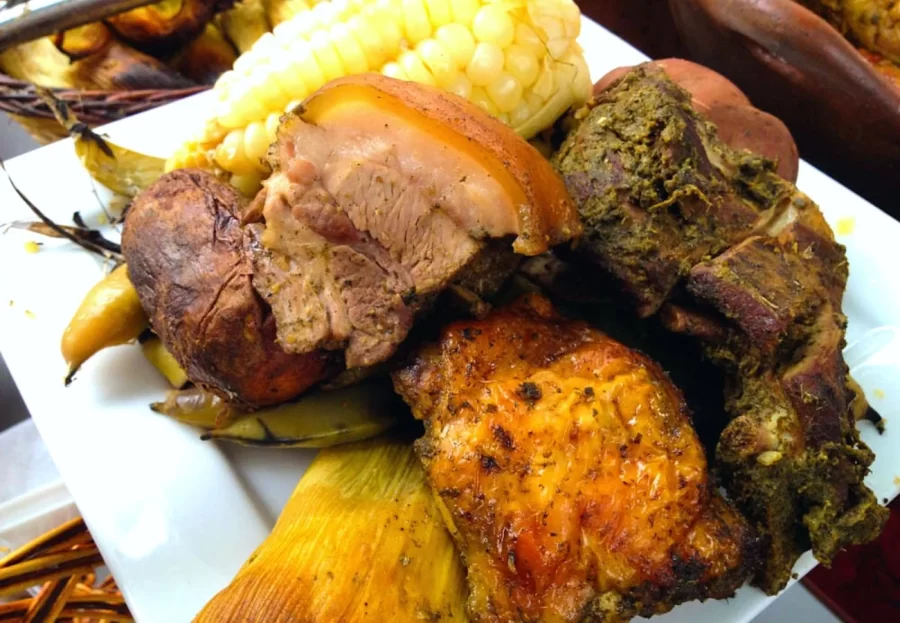
The Pachamanca, which by its translation from the Quechua language means "pot in the earth", is a traditional dish of great relevance especially in the Andean communities, the oldest record that we have of this dish is 7000 -8000 years, as they have found traces of ovens in the ground in which burnt stones and some remains of food were found, which would show that this was already a method used for cooking food.
The dish is prepared by heating stones in a small oven, once the stones are heated, the prey of chicken, alpaca, beef, or lamb previously seasoned, wrapped in banana leaves, on top are placed the beans, corn, potatoes, sweet potatoes and plantains.
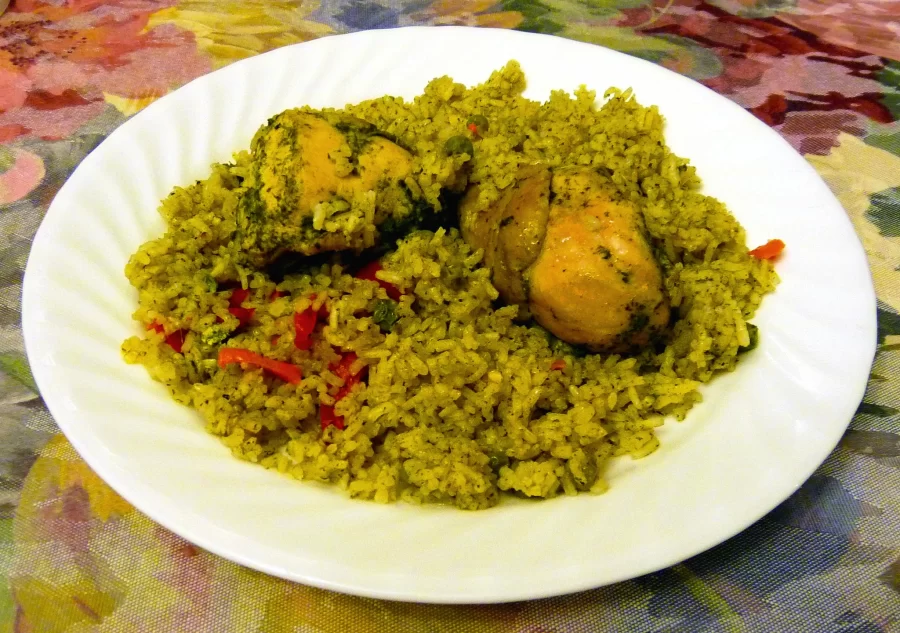
Rice is an ingredient of oriental origin, which was brought to Peruvian lands during the time of colonization. Rice with duck was prepared with a characteristic yellow color that was difficult for the natives to copy because they did not yet have access to all the expensive spices brought from distant lands.
The duck was also an expensive bird that could not be afforded, so it was replaced with chicken, and accompanied by huancaína sauce, native potatoes and corn. It even surpassed the rice prepared by the Europeans, since the dressings made by the Peruvians gave a better flavor to the dish.
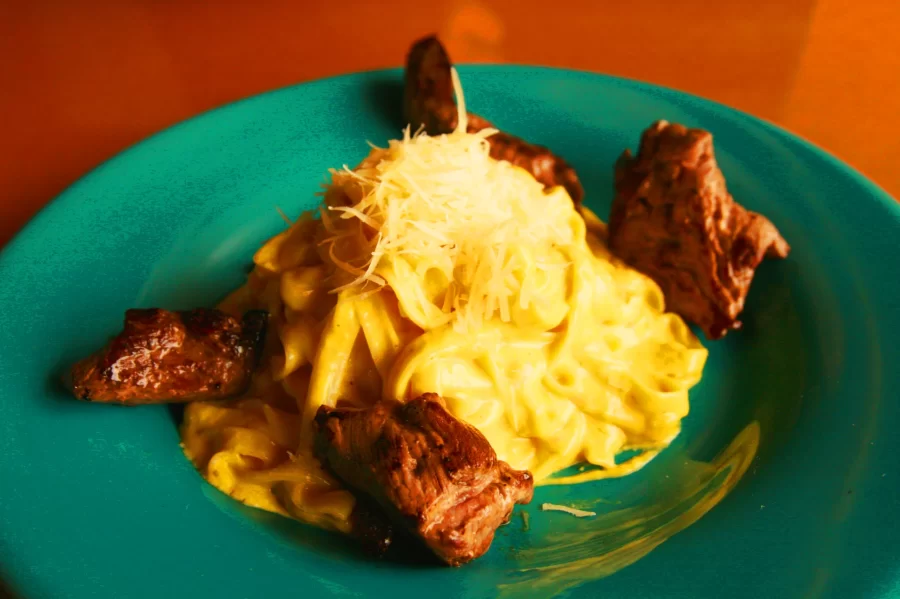
Peruvian cuisine has been widely influenced by multiple cultures, so since the sixteenth century we already had Italian immigrants, although in a very small number, it was not until about 1840 that there was a large Italian immigration to the Peruvian coast, when pasta arrived to Peruvian kitchens.
The dish called Tallarines a la huancaína, is a clear example of this wonderful union of Peruvian products with the Italian ingredients brought by the immigrants, taking the traditional fettuccine accompanied by a sauce made of yellow peppers, peanuts, crackers, milk, served with potatoes and sometimes served with baked chicken, steak or fried liver.
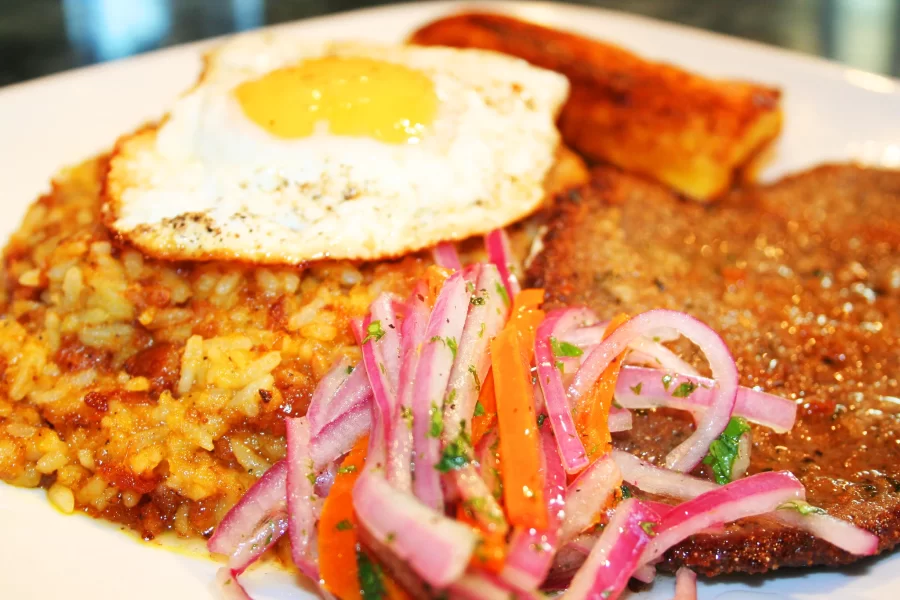
Although the origin of the dish is not very clear, it is known that the name could derive from the Quechua word "Tacuni" which means to mix one thing with another, but the dish Tacu Tacu Tacu, as we know it now would have its beginnings in the slavery era, when African slaves received food rations of rice and beans, and when there were leftovers of these foods, they were mixed with seasonings and reheated with butter.
The Tacu Tacu is now better known as a dish known as "recalentado", a dish traditionally served at breakfast, part of a Creole tradition that is rooted in the customs of all Peruvians.
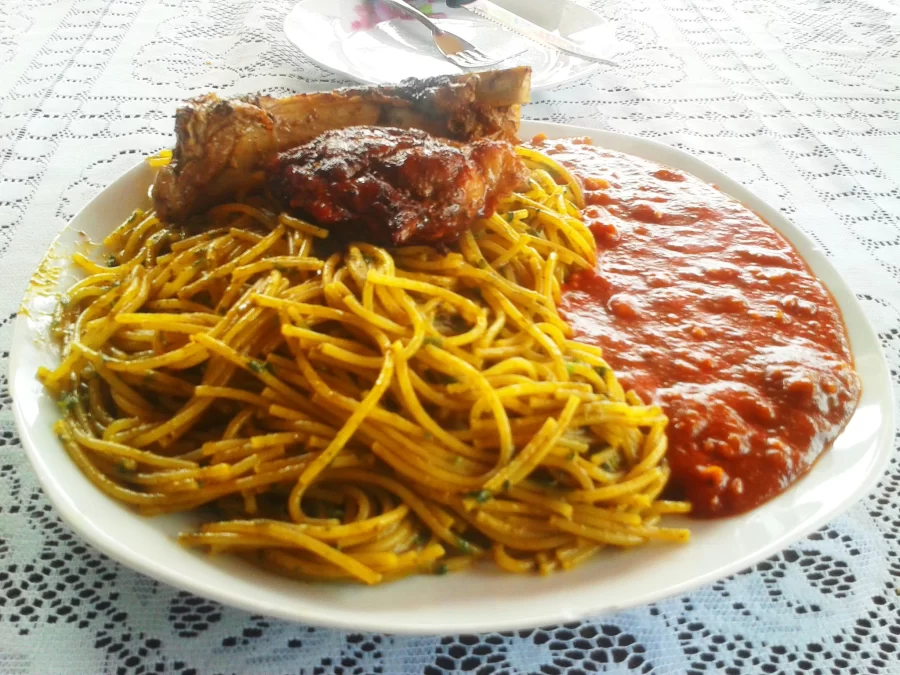
The Carapulcra is a dish of many years of antiquity is prepared based on dried potato and alpaca meat, nowadays it can be prepared with any type of meat. The Carapulcra can be served with a portion of rice to accompany it, although the most traditional is to serve the Carapulcra with its dry soup.
The dry soup is another example of the culinary adaptation of Italian traditions in Peruvian cuisine. This is how during the year 1840 with the great Italian immigration, pastas were positioned with greater intensity in Peruvian kitchens, and in Chincha the Afro-Peruvian settlers began their own way of preparing Italian pastas, using local spices and ingredients as seasonings, this is how the Sopa Seca arises, being now an icon dish of the Chinchano gastronomy.
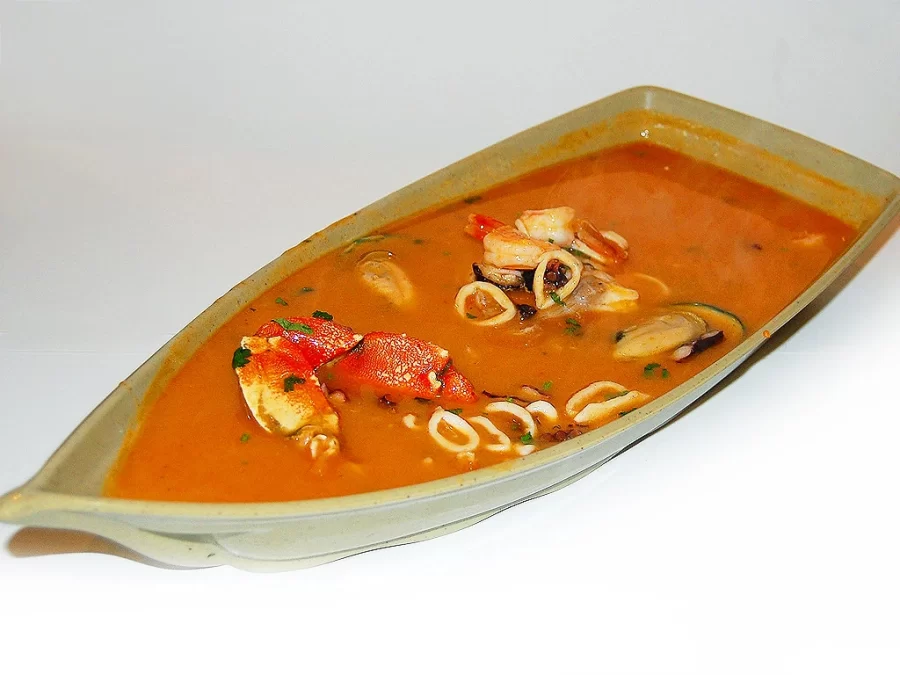
The parihuela is the name of a handmade basket made of wood that the oldest inhabitants of the Peruvian coasts used to catch crustaceans.
Over time the name was adapted to a typical soup, which is prepared with octopus, seafood, fish, shrimp, shells, served with cassava, seasoned with coriander and chili.
A soup with a high phosphorus content, which is even considered an aphrodisiac dish, that you can't miss on your next visit to Peru.
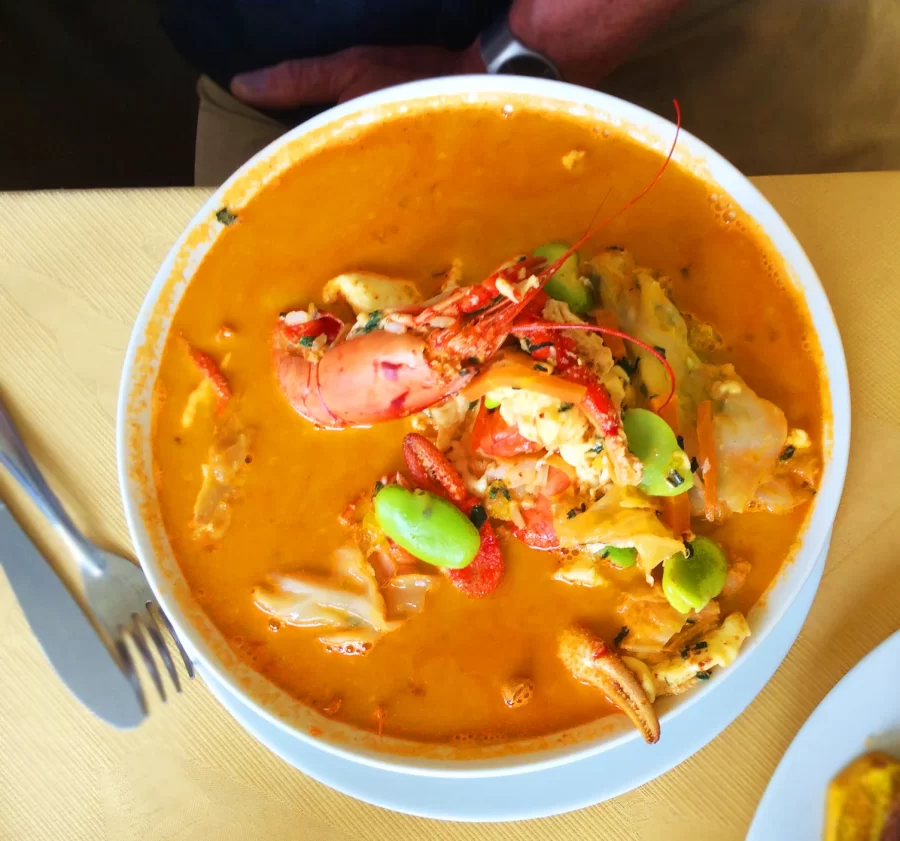
The chupe de camarones is the most emblematic dish of the city of Arequipa, a dish that shows the adaptation of the pre-Columbian gastronomy with the new ingredients and products brought to Peru by the colonizers, the chupe de camarones is prepared with Andean products such as potatoes, mullet, sliced corn, pumpkin, river shrimp and the inevitable chili bell pepper. While the Spanish influence is denoted in the integration of eggs, milk, cheese, rice and butter. Ingredients that were added in order to reduce the spicy flavor of the Chupe.
Today the chupe de camarones is a soup that is a must during your visit to the white city of Arequipa.
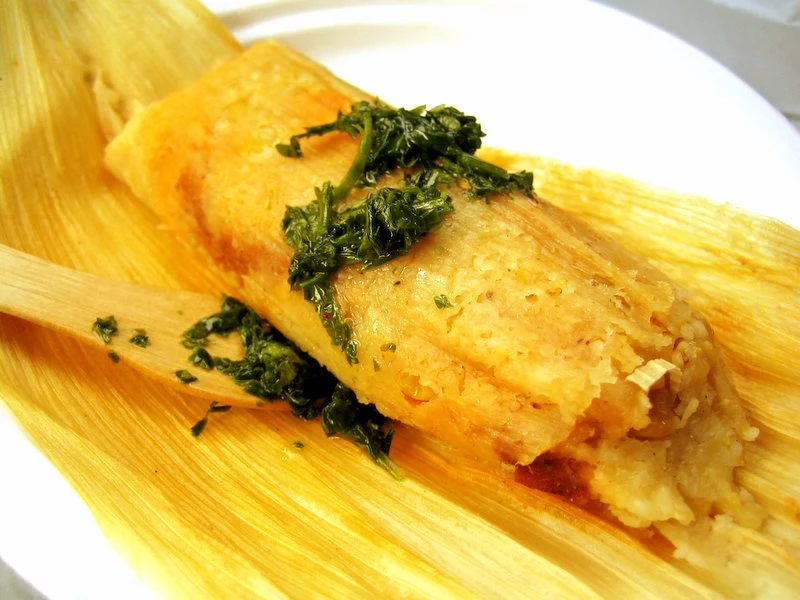
Tamales are a dish whose origin goes back to pre-Inca times, and they are very varied, each region of the country has a different way of preparing them, so it is valid to say that we have many types of tamales.
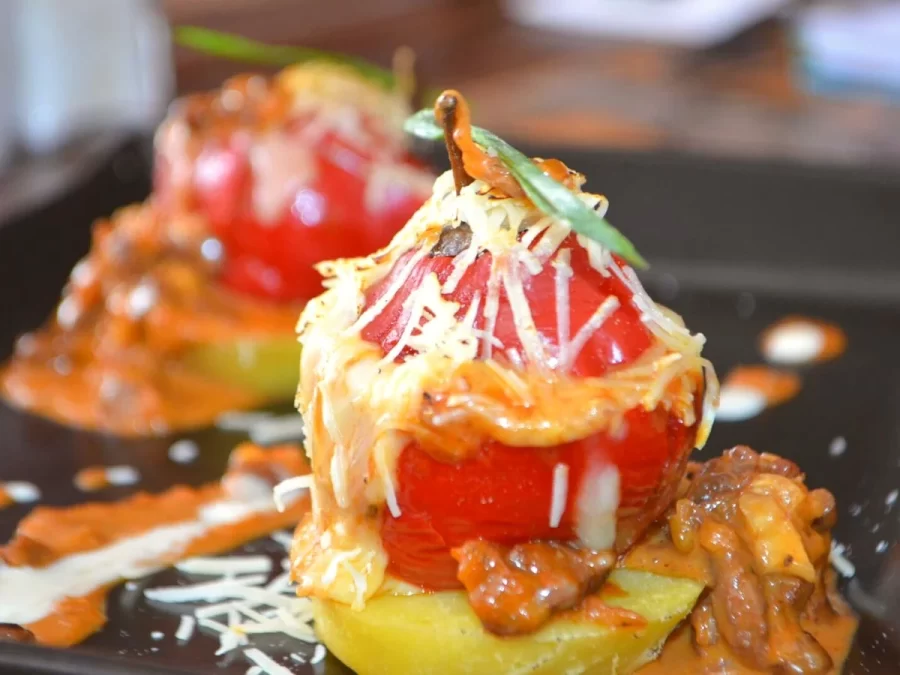
The origin of the stuffed rocoto is wrapped in tales and legends, they say that in Arequipa the legendary cook Manuel Masías whose seasoning was very famous and in demand, such was his fame that the master of hell himself, Lucifer, was tempted to approve the dishes that Manuel prepared and so he made a deal with the cook.
Manuel was challenged to prepare a great banquet in the underworld and create a new dish for Lucifer, in exchange for this, Lucifer would free the soul of Manuel's daughter, who was being held captive. Manuel accepted the challenge, descended to the underworld preparing a spectacular banquet and created the stuffed rocoto to delight Lucifer, who, captivated by the strong spicy flavor of this dish, fulfilling his promise, freed Manuel's daughter (1728 -1805).
Although the history of the origin of this dish is legendary, it cannot be denied that this dish is today one of the most traditional dishes of the city of Arequipa and Peru.
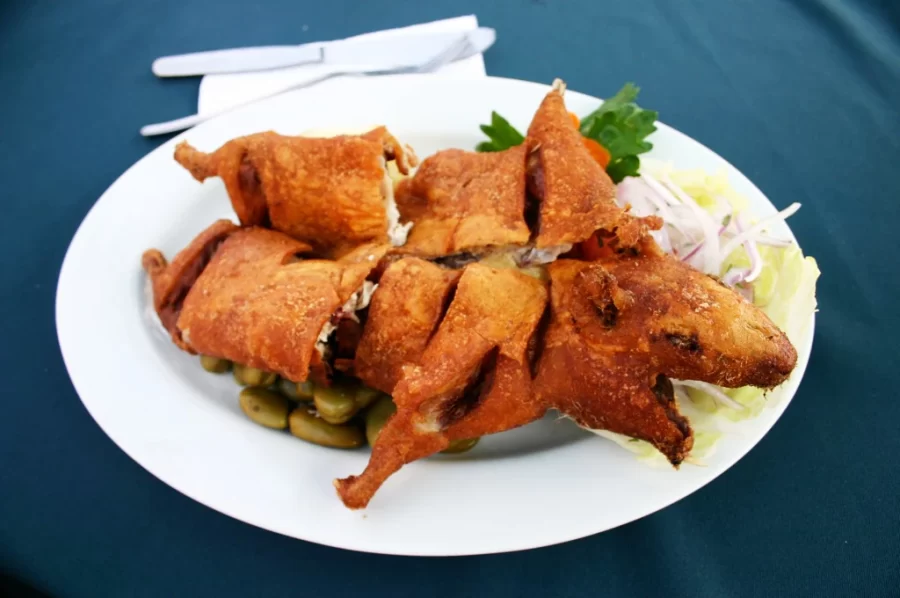
The Chactado guinea pig is a traditional dish since pre-Inca times, we know that the guinea pig was one of the first animals to be domesticated for consumption and one of the ways to prepare it was fried or "Chactado" is left to macerate in chicha, salt and lemon, served with potatoes, corn or corn and salads.
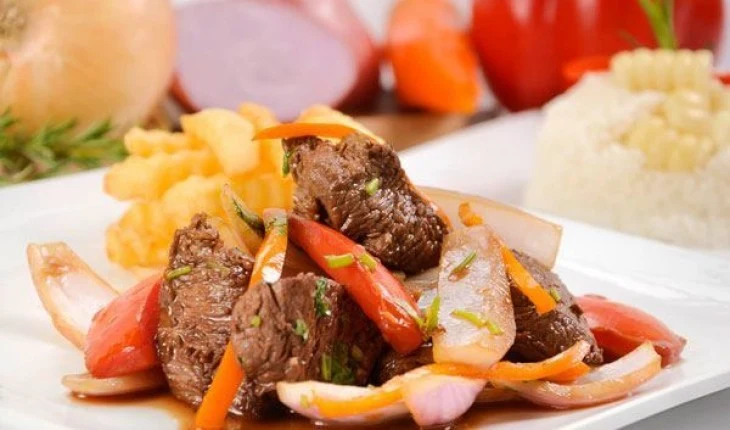
The lomo saltado is a dish that demonstrates the gastronomic syncretism that occurred after the Asian immigration to our country. In Peru arrived the WOK (Chinese deep frying pan) which was used to sauté food. It is a moment in which an attempt is made to recreate Asian dishes with Peruvian ingredients. Thus arises the dish of beef tenderloin sautéed with onions, tomatoes, and peppers, served on top of a potato chip potion accompanied by a portion of white rice.
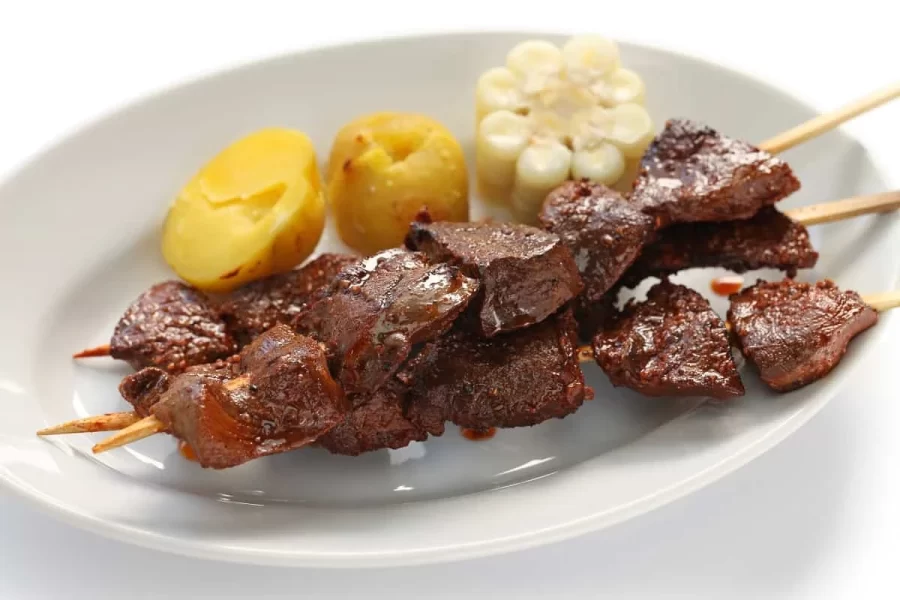
The anticucho comes from the beginning of Peruvian history itself, however, over time it has evolved, so that in times of slavery, the anticucho receives part of the influence of the Afro-Peruvian settlers who not only used salt to season the meat, but created a special sauce to flavor it and used the heart of beef. This is how we currently know the anticucho, which is served with its Ocopa or uchucuta spicy sauces, you can also add boiled Andean potatoes.
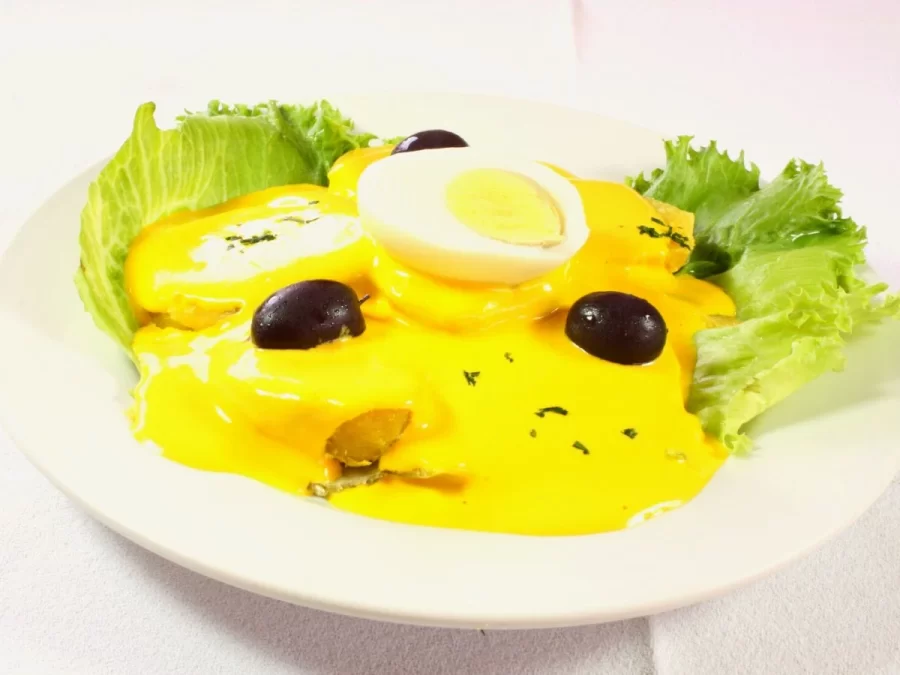
The potato is a product that has been domesticated since the beginning of the Peruvian civilization itself, many years ago, being the basis of the diet of all pre-Columbian settlers, but in this particular dish, we have a sauce that was born in Huancayo during the nineteenth century, made with the traditional yellow chili, blended with milk to reduce the heat, Andean cheese, bread flour and boiled egg yolks, the sauce is creamy and should not be very spicy, although that is to taste of each one.
the dish is served on a lettuce leaf, the boiled potatoes are placed on top and the huancaína sauce is added, accompanied by slices of boiled egg and olives.
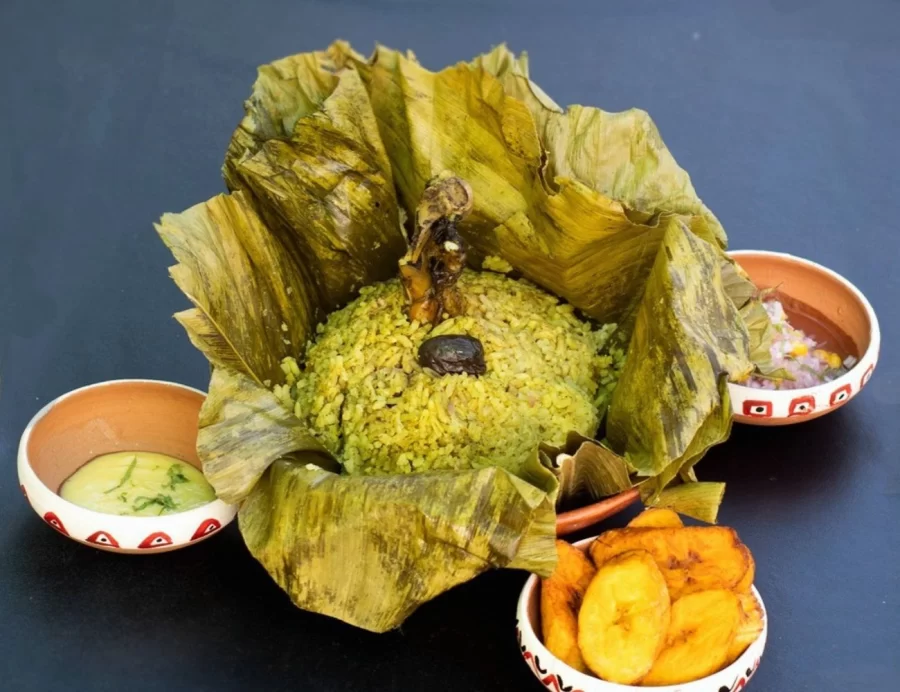
The juane is a traditional dish of the jungle that is served particularly in the feast of San Juan, consists of a portion of rice that is prepared with egg and is seasoned with spices of the jungle, along with a prey of hen is wrapped in banana leaves or bijao.
It is one of the most famous dishes of the Peruvian eastern lands, although it is more recommended to try it in Amazonian lands, it is true that you can also find it in the most popular restaurants in the country.
